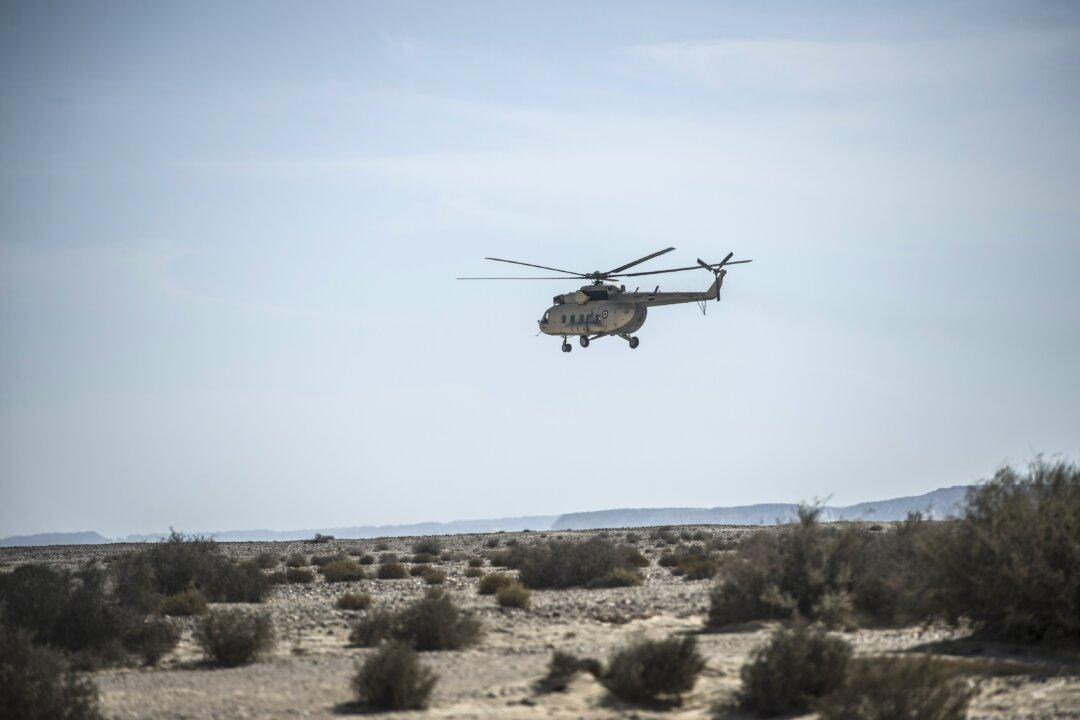Whether aircraft are used for travel or for aerobatic displays, it will never be possible to aviate entirely without risk. Airshows are manifestations of our liking for what Anthony Giddens calls deliberately cultivated risk – this excites and sustains those who participate and those who watch.
Deliberately cultivated risk is an outlet for untapped energies and repressed emotions. That is the upside. The downside is that such activities occasionally lead to death and injury.
This was the case at the Shoreham Air Display where a wayward 50-year-old Hawker Hunter two-seat trainer aeroplane ploughed into a road killing at least 11 motorists. Nevertheless, air displays enjoy a remarkably good safety record: the Shoreham crash was the first major loss of life among spectators or the public at an airshow in the UK since Farnborough, 63 years ago, when a prototype De Havilland 110 fighter aircraft disintegrated, its engines scything through the watching crowds killing 29 and injuring a further 63 spectators.


